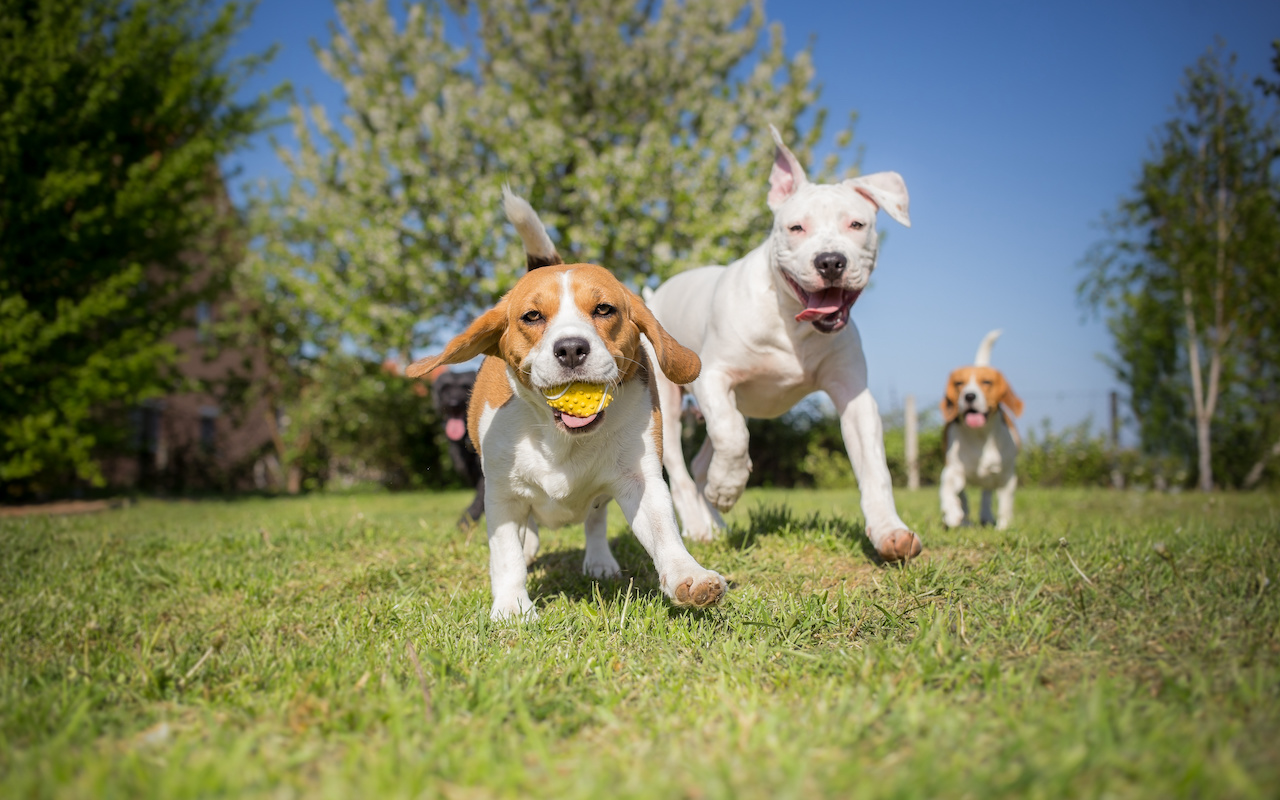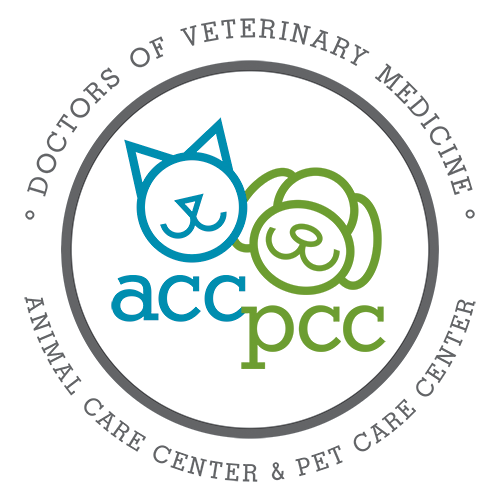Cruciate Ligament Repair

Cruciate Ligament Repair: Tibial Tuberosity Advancement (TTA)
What is Tibial Tuberosity Advancement Surgery?
Tibial Tuberosity Advancement (TTA) is a surgical procedure used to treat dogs with a ruptured or torn cranial cruciate ligament (CCL), which is equivalent to the anterior cruciate ligament (ACL) in humans. The CCL is a small crossing ligament inside the knee joint responsible for stabilizing the knee, and a ruptured CCL can cause pain, lameness, and joint instability in dogs. TTA surgery aims to restore the stability of the knee joint and alleviate the associated symptoms.
TTA Surgery Effectiveness
TTA surgery is a highly effective treatment option for dogs with a ruptured or torn CCL, with a success rate of approximately 90%. However, TTA surgery is not suitable for all dogs, and your veterinarian will evaluate your pet’s specific condition to determine if it is the best option. The procedure is usually recommended for dogs weighing more than 50 pounds, although it can also be performed on smaller dogs.
TTA Surgery Procedures
During Tibial Tuberosity Advancement (TTA) surgery, the surgeon makes a small incision in the affected leg, prepares the surgical site, advances the tibial tuberosity forward, and secures it in place with a specialized implant, such as a metal plate, screws, and a cage. This advancement shifts the kinetic forces in the knee to rely on the much sturdier patellar ligament to stabilize the knee joint.
The implant will hold the tibial tuberosity in its new position and provide stability to the knee joint. After the implant is in place, the surgeon will carefully close the incision site with sutures or staples, and the pet will be closely monitored during the recovery period, which may include pain management, physical rehabilitation, and exercise restrictions.
Step 1
Surgical Preparations: Preoperative bloodwork is performed prior to surgery to ensure that the patient is a good candidate for anesthesia. An intravenous catheter is placed to allow for safe and effective administration of medications. A customized anesthetic plan is made for each patient based on their needs and the patient is then anesthetized. Anesthetic monitoring begins immediately, tracking the patient’s respiration, circulation, heart activity, blood pressure, and temperature. The whole leg is shaved from the hip all the way down to the ankle to ensure sterility during surgery. The leg is then prepped with a special disinfecting solution. During the whole procedure, patient comfort and pain control is maintained by using a series of local anesthetics, continuous rate infusions of intravenous pain medications, and nerve blocks.
Incision and Preparation: The veterinary surgeon will first make a small incision through the skin and soft tissue in the affected dog’s leg and use surgical instruments to prepare the surgical site. This includes removing damaged tissue or debris and preparing the tibial tuberosity for advancement.
Step 2
Advancement and Implant Placement: Once the surgical site is prepared, the surgeon makes a vertical cut down the front of the tibia to release the tibial tuberosity and secure it in place with a specialized implant, that includes a metal plate, screws, and a cage. This implant will hold the tibial tuberosity in its new position and stabilize the knee joint.
Step 3
Closing and Recovery: After the implant is in place, the surgeon will place bone graft material within the space created by the cage and plate. Then they will carefully close the incision site with sutures or staples. Your dog will then be closely monitored during the recovery period, which may include pain management, physical rehabilitation, and exercise restrictions. Your veterinarian will provide detailed post-operative care instructions to ensure a successful recovery.
What are the Complications?
Like any surgical procedure, Tibial Tuberosity Advancement (TTA) surgery carries some potential complications, including:
Infection: Infection is a risk with any surgical procedure, and it can lead to serious complications if not promptly treated. Antibiotics are used both perioperatively (during surgery) as well as postoperatively to minimize risk of infection. Keeping the incision clean and dry at home, including ensuring that the patient doesn’t lick their incision site, is also important to greatly reduce the risk of infection.
Implant failure: In rare cases, the implant used to secure the tibial tuberosity may fail or loosen over time, which may require revision surgery.
Nerve or blood vessel damage: During the surgery, there is a low risk of damage to surrounding nerves or blood vessels, which may cause pain, numbness, or other complications.
Pain or discomfort: After surgery, your pet may experience some pain or discomfort, which can be managed with medication prescribed by your veterinarian.
Implant irritation: Some pets may experience irritation or discomfort from the implant used to stabilize the tibial tuberosity, which may require further evaluation or treatment.
It is important to discuss potential complications with your Pet Care Center & Animal Care Center veterinarian before the surgery and to closely follow post-operative care instructions to minimize the risk of complications.
Post Operative Care Procedures for TTA Surgery
Post-operative care is an essential component of a successful Tibial Tuberosity Advancement (TTA) surgery. Here are some of the post-operative care procedures your veterinarian may recommend:
Pain Management: Pain management is critical to ensuring your pet’s comfort and successful recovery. Your veterinarian may prescribe pain medications or recommend alternative pain management methods, such as cold therapy, laser therapy, or acupuncture.
Exercise Restriction: Exercise restriction is necessary to prevent further injury to the surgical site and allow for proper healing. Your veterinarian may recommend crate rest or limiting your pet’s activity level for a period of time after surgery.
Wound Care: Proper wound care is essential to prevent infection and ensure proper healing. Your veterinarian will provide instructions for cleaning and dressing the surgical site, and you should monitor the site for signs of redness, swelling, or discharge. It is essential that your pet does not lick the incision site as it can not only prolong the healing but can also lead to debilitating infection. Your veterinarian may recommend an e-collar (cone) or a lick sleeve to help you with this.
Physical Rehabilitation: Physical rehabilitation can help improve your pet’s mobility and promote healing. Your veterinarian may recommend exercises or rehabilitation techniques to help your pet regain strength and range of motion.
Follow-Up Exams: Follow-up exams are necessary to monitor your pet’s progress and ensure proper healing. Your veterinarian will schedule follow-up appointments to check the surgical site and evaluate your pet’s overall recovery.
It is important to closely follow post-operative care instructions and communicate with your veterinarian if you have any concerns or questions during the recovery period. By providing proper care and monitoring, you can help ensure a successful recovery for your pet.
What are the Alternatives to the Surgery?
When treating a ruptured or torn cranial cruciate ligament (CCL) in dogs, Tibial Tuberosity Advancement (TTA) surgery is a highly effective option. However, some pet owners may prefer to explore alternative treatments for their furry friends. Here are some alternative options to consider:
- Conservative management: Conservative management involves managing the symptoms of a CCL injury without surgical intervention. This approach may include weight management, exercise restriction, physical rehabilitation, pain management, knee braces, and joint supplements. Conservative management is typically recommended for dogs with partial CCL tears, smaller dogs, and dogs with medical conditions that make surgery a high risk.
- Extracapsular Repair: Extracapsular repair is another surgical option for dogs with CCL injuries. This procedure involves placing a suture around the outside of the knee joint to stabilize the joint and provide support to the torn ligament. Extracapsular repair has a lower success rate compared to TTA surgery and is not suitable for dogs with larger body sizes or severe injuries.
- TPLO Surgery: Tibial Plateau Leveling Osteotomy (TPLO) surgery (link to blog) is another surgical option for dogs with CCL injuries. This procedure involves repositioning the tibial plateau to eliminate the need for a functional CCL. TPLO surgery is generally recommended for dogs with larger body sizes or more severe CCL injuries and is performed at referral hospitals.
It’s important to note that not all dogs are suitable candidates for alternative treatments. It’s important to consult with your veterinarian to determine the best course of treatment for your pet’s specific condition.
Explore Our Complete List of Veterinary Services in Hammond, LA
- Urgent Care
- Pet Orthopedic Surgery
- Gastropexy Surgery
- Online Pharmacy
- Exotics
- Ultrasound
- On-Site Pharmacy
- Pain Management
- Nutrition
- Laser Therapy
- Laser Surgery
- Diagnostics
- Grooming
- Digital Radiography
- Dental Radiography
- Boarding
- Spay & Neuter
- Vaccinations
- Wellness Exams
- Dental Care
- Surgery
- Microchipping
